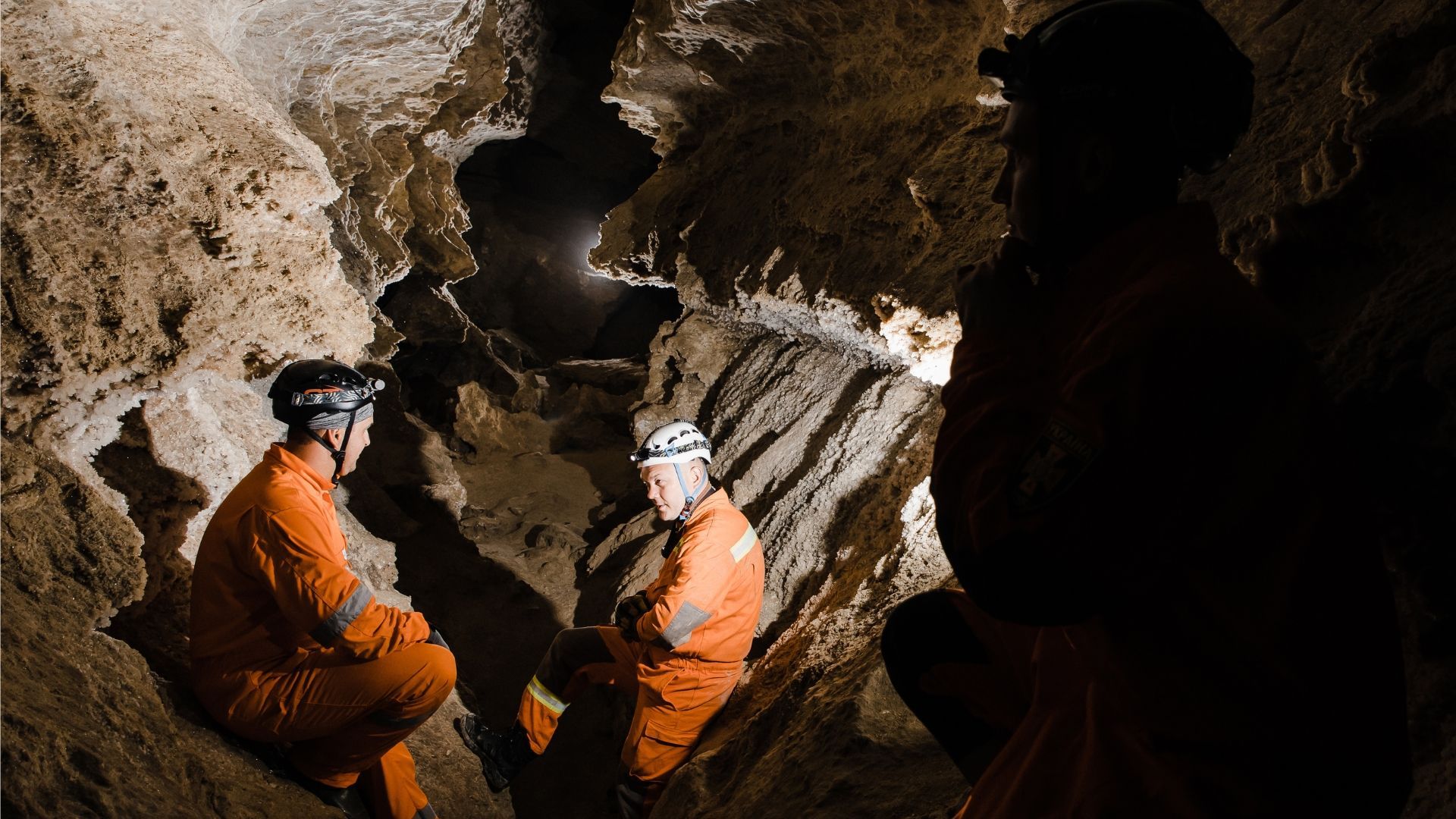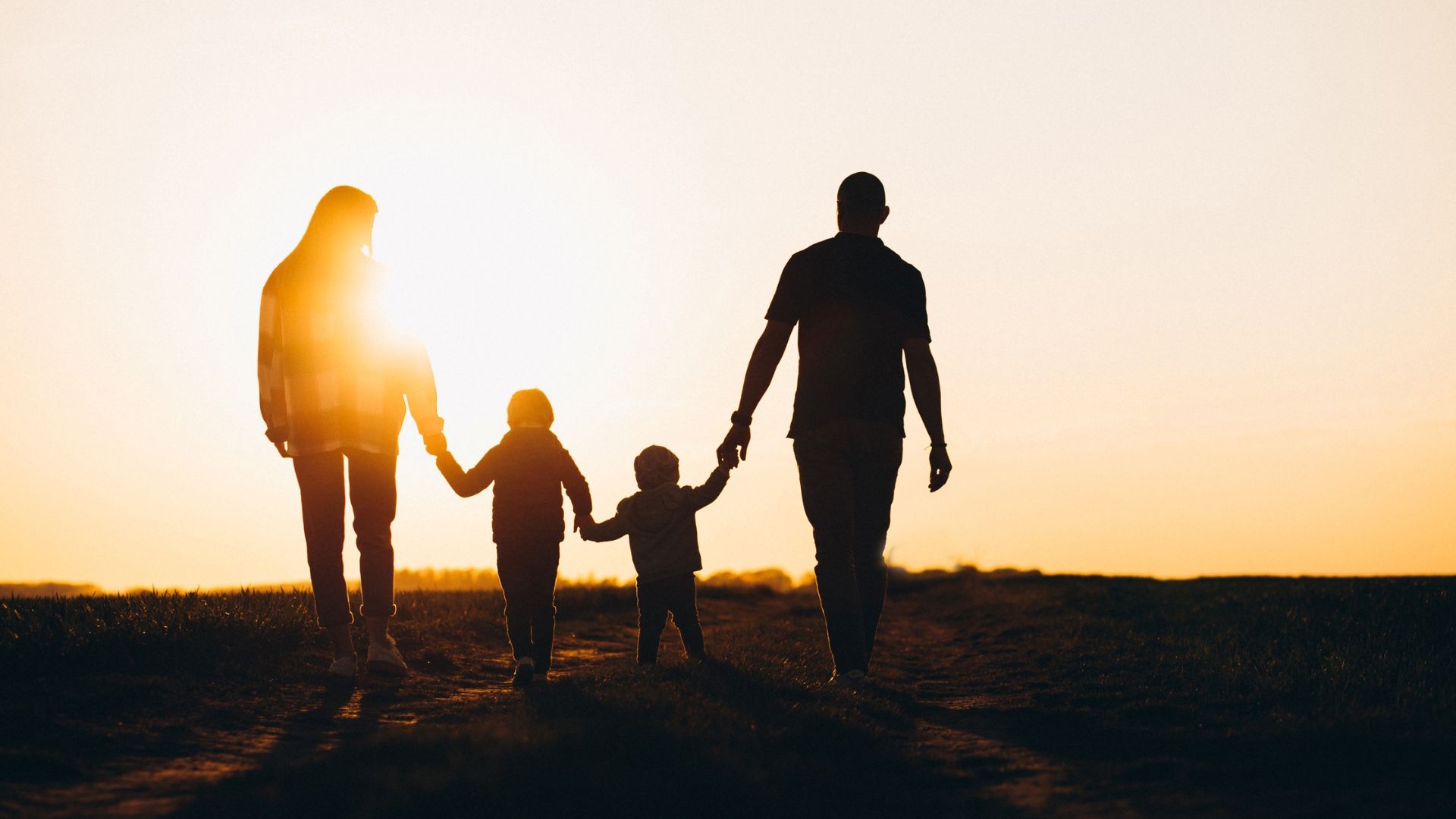Cave diving involves diving in flooded caves. Learn more about this niche and dangerous extreme sport.
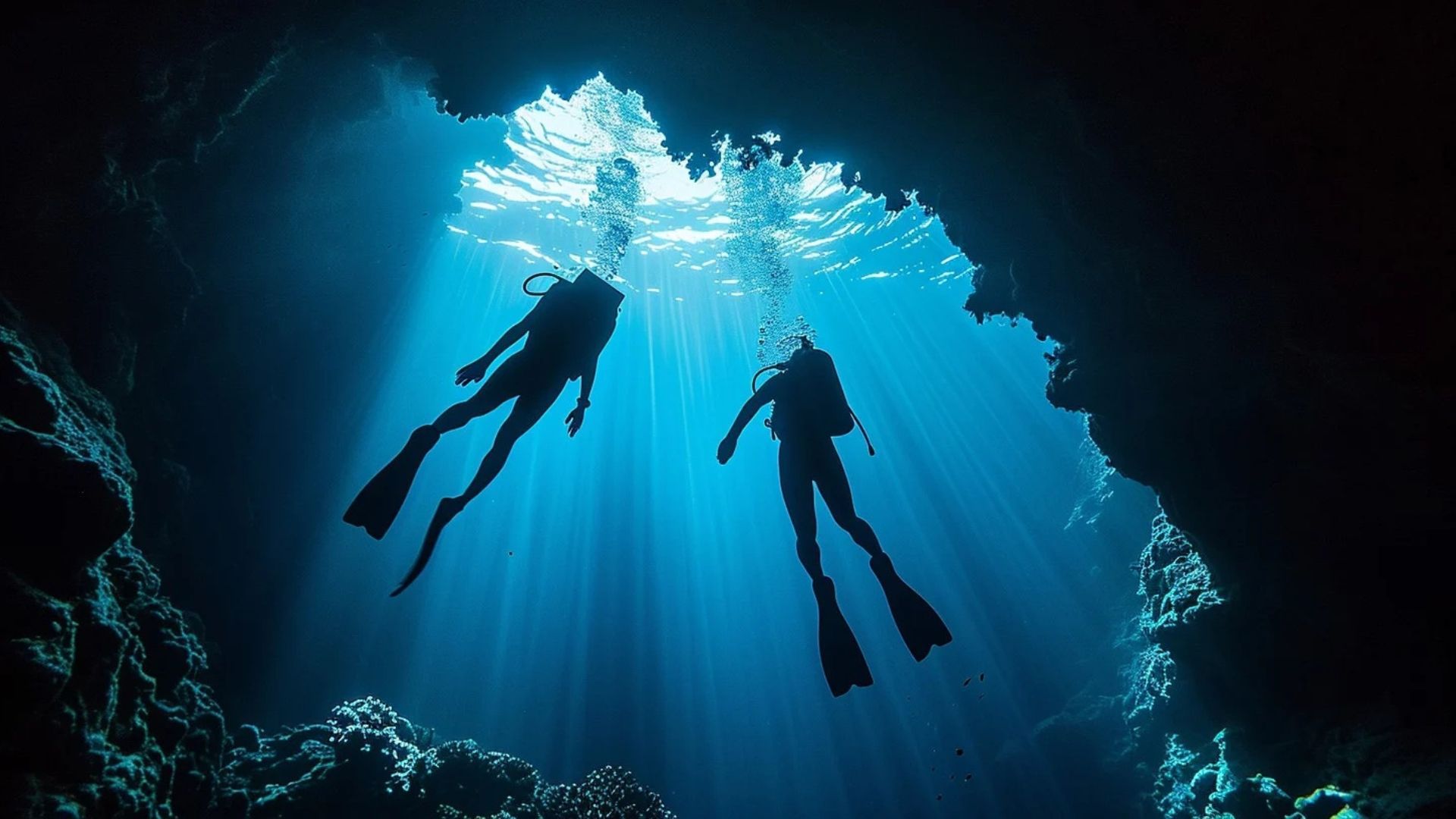
Games and sports are bewilderingly diverse. They range from an activity as simple as running to a sport as labyrinthine as cricket – and from the peaceful putt of a golf ball to extreme sports like skateboarding, BMX and cave diving.
Cave diving is not for the faint-hearted. It's not even for the bold-hearted. It's for the calm and collected thrill-seeker with deep diving skills and experience.
A simple thought experiment will tell you if cave diving is for you. Imagine you're scuba diving in a flooded cave. You're surrounded by gorgeous geological formations and marine life. But there's no way out except the way you came.
This is the aspect of cave diving that makes it the most extreme. In deep sea diving, you can always make for the surface if you're running low on breathing gas or lacking visibility. In cave diving, you have to retrace your kicks one by one.
Cave diving can be a rewarding experience that gives you access to some of the Earth's most breathtaking sights. However, you must have plenty of diving experience and training before you even consider it.
Why get into cave diving?
If you're an experienced diver, you might be looking for a new challenge. Cave diving could provide this, deepening your diving skills in both senses of the word.
In many cases, it's the only way to see flooded cave environments. It puts you in touch with fascinating geological features and rare fauna.
But cave diving isn't just a leisure pursuit. Cave diving is also a tool used for scientific research. And if disaster strikes, as in the 2018 Thai cave rescue, cave divers can save lives.
Some say there are fewer than 100 professional cave divers in the world. This rarity is part of the appeal – but it also tells you something important about getting into the sport.
This is 100% not an activity you can
just have a go at. The stakes are simply too high. You need skills, procedures and equipment to ensure safety when cave diving.
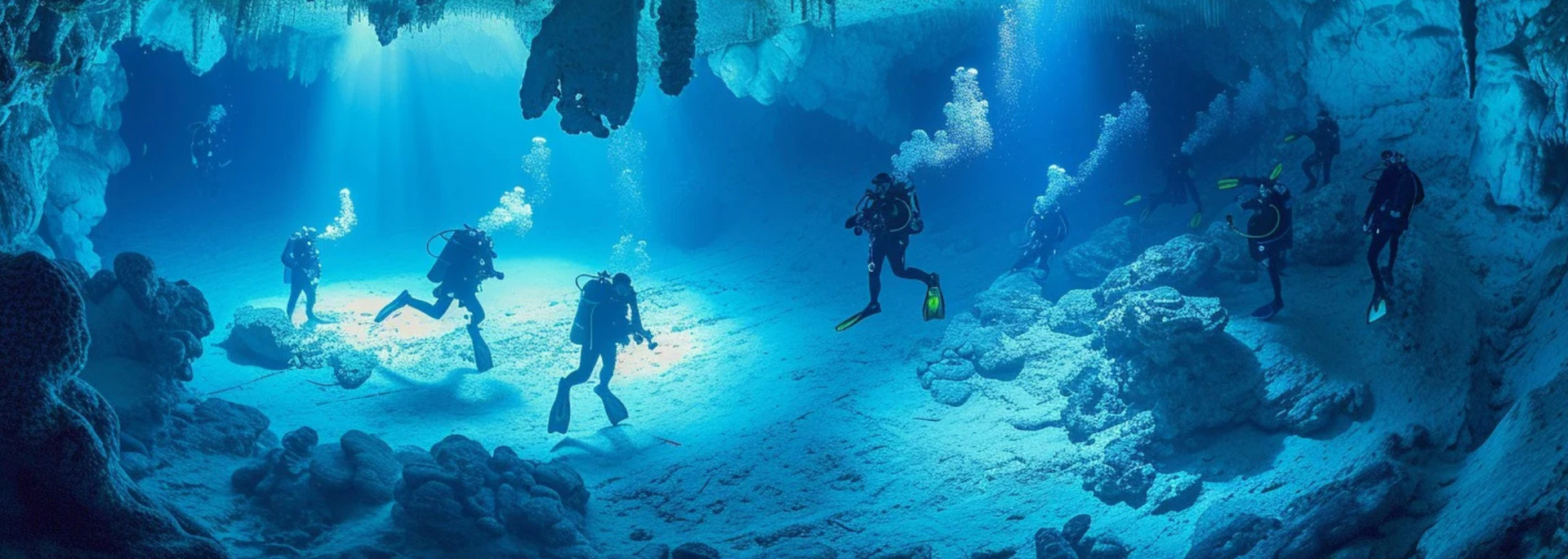
For this reason, you need to undergo rigorous training and be accompanied by an expert. It's a commitment – but one that most cave divers would say is well worth the effort.
Where can you go cave diving?
There are cave diving spots all over the world.
In Africa, there are flooded caves in South Africa, Namibia, Zimbabwe and Madagascar. In Asia, the karst regions of China and Southeast Asia are popular haunts. Australia, Europe, Florida, Mexico, Brazil, the Bahamas – the world's your oyster.
Are you based in the UK? There are cave diving sites in England, Wales and Scotland. Training is provided by the Cave Diving Group (CDG). You can find out more about it on the
CDG website.
What equipment is used?
In cave diving, the right equipment is a matter of life and death. Like deep sea diving, you need scuba equipment. Breathing gas supply is essential. If you get lost and run out of breathing gas, you could die.
Cave diving also calls for dive lights, a drysuit and a diver's reel. This last item is mission-critical. When cave diving, your only way out is back the way you came. This means you have to follow a guideline through the cave's narrow, winding passages. Without it, you could easily get disorientated.
This is by no means an exhaustive list but should give you an idea of the kinds of equipment needed. Another key fact is that all equipment needs to be strapped down. Loose or flapping equipment can lead divers to get entangled, sometimes fatally.
What skills do you need?
Cave divers need high-level diving skills. These include buoyancy control and a mastery of different propulsion techniques (flutter kick, modified flutter, frog kick, modified frog kick, back kick and helicopter turn).
On top of this, a cave diver needs to be able to navigate in total darkness using just a guideline. Without this skill, a life-enhancing experience could become deadly.
For this reason, training courses often include night dives. This gives divers greater confidence in orientating themselves in the dark.
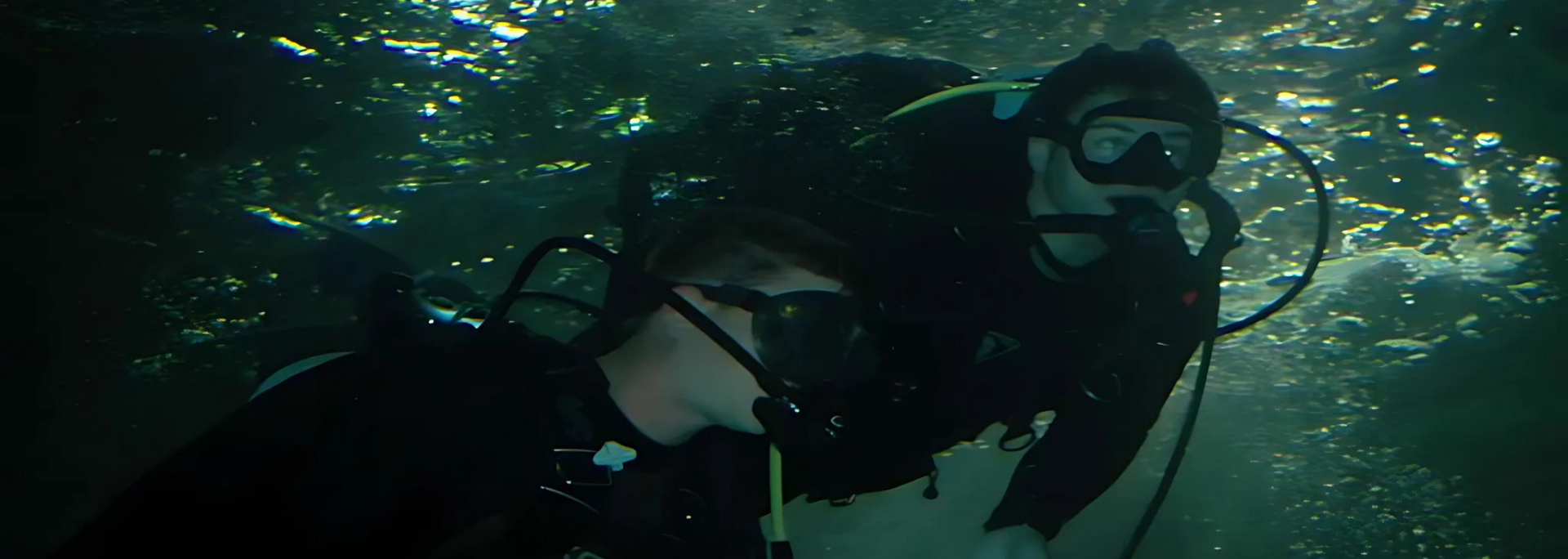
Courses teach procedures relating to navigation, gas management and the specific challenges of diving in a flooded, covered space with no vertical escape route.
These are all physical skills. Cave divers also need to be calm, reliable, responsible and thoughtful. Bravado, recklessness and panic can all lead to tragedy.
What are the dangers?
The main danger of cave diving is that you can't swim vertically to the surface. Instead, you have to retrace your route. Caves are often winding and complicated. This means breathing gas must be in good supply, and the diver must have a continuous guideline to follow.
The second danger is visibility. Flooded caves tend to have low visibility. This can be worsened by torch malfunction or "silt-out". This is when silt gets stirred up and the water goes cloudy.
Both of these dangers can be handled with the right skills and training. Nevertheless, cave diving has a reputation for being the deadliest sport, as well as the most extreme. Most fatalities have been non-specialists or people without adequate equipment.
In short, the dangers of cave diving are clear. But with the right skills, procedures and equipment, it can be a hugely rewarding experience.
What's the difference between cave diving and cavern diving?
Cave diving refers to diving in flooded caves. Cavern diving is when you dive in those parts of the cave where an exit can be seen by natural light. This is typically a stepping stone to full-on cave diving.
Final thoughts
Cave diving isn't for everyone. It requires long years of training and deep familiarity with life-saving skills and procedures. But those who love it
really love it – and the rest of us get to watch from the safety of the surface.
Want to go on
cave adventures in the UK without the danger? Visit Stump Cross Caverns – a magnificent underground cave system in the depths of the Yorkshire Dales. There's so much to discover – and you don't need a diving suit.
Book your tickets online to secure the best price.



